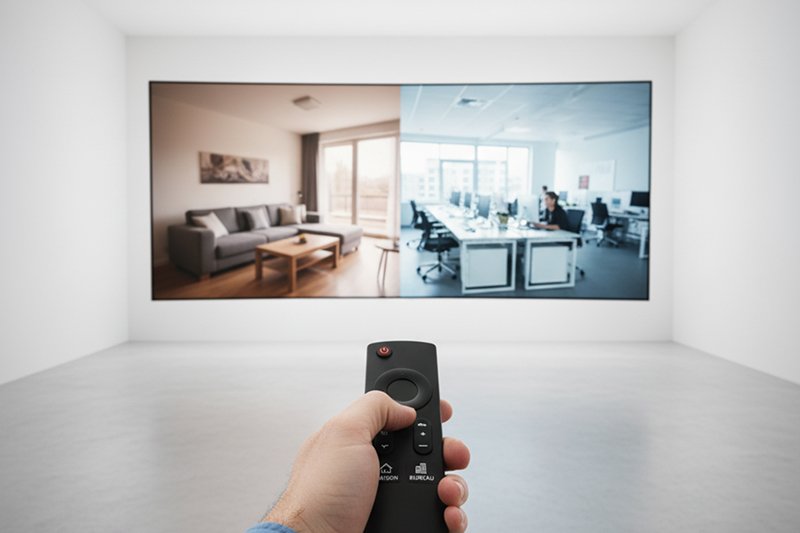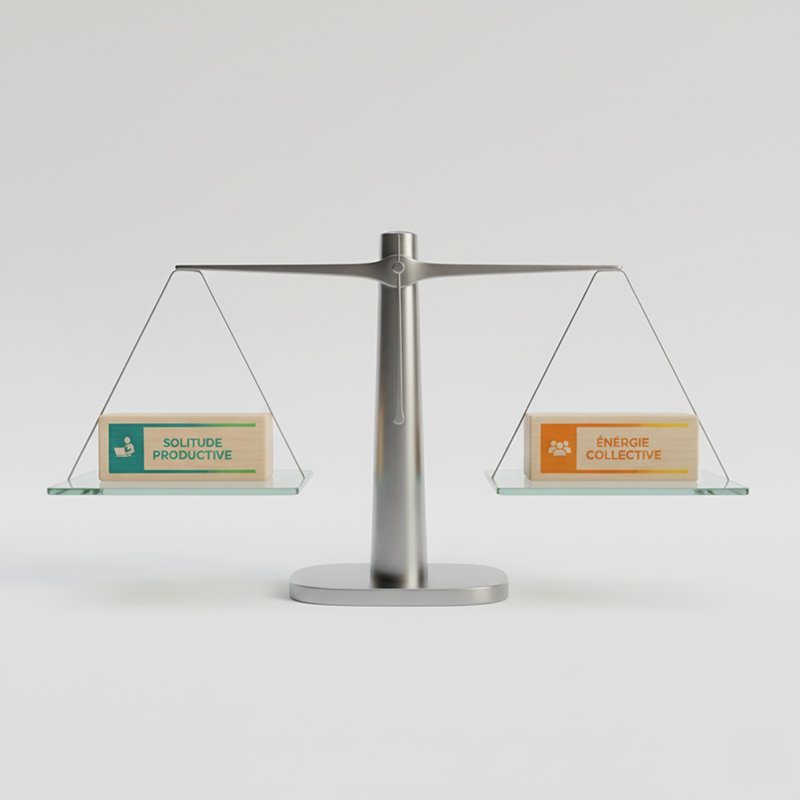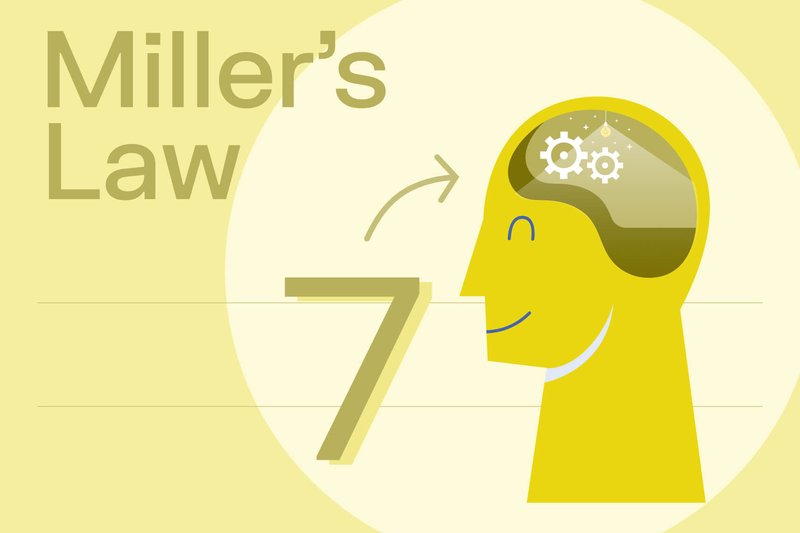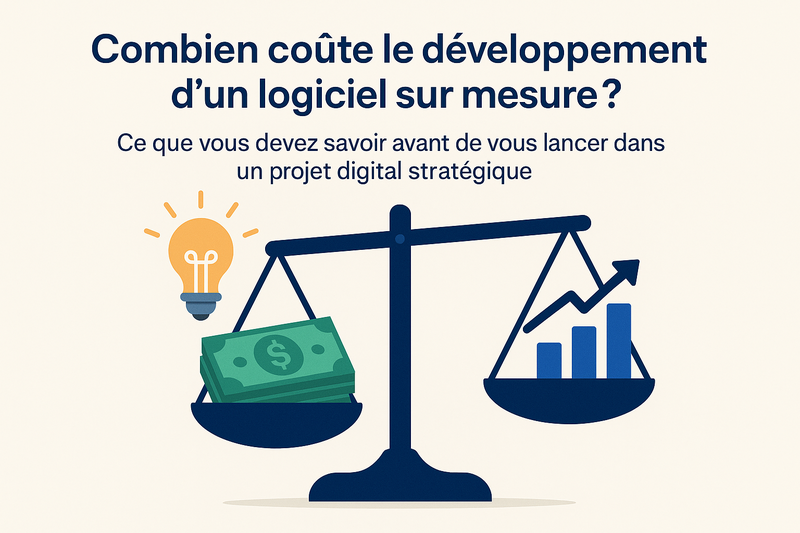To remote or not to remote ? Our Experience at KERN IT
Par Khalid Yagoubi - 21 Oct, 2025

Five years After Covid: Our Feedback from KERN IT
Everyone wants it, everyone talks about it: remote working. But after five years of experience, our conclusion at KERN IT is clear: this working model is neither good nor bad. As with most things, it depends.
The answer of a genuine expert: "It depends."
Far from the Manichaean discourses—"remote is the future" or "the office is real life"—the reality is more nuanced.
Remote working is neither a miracle solution nor a disaster.
It is a tool. And like any tool, you need to know when and how to use it.
Before, During, and After Covid
Before Covid, remote working was not forbidden at KERN IT.
Some team members already took one day at home to focus.
But our culture remained deeply collective: working together, at the same pace, in a shared energy.
Then the world paused.
And we went fully remote, just like everyone else.
Without realising it, we had just opened a full-scale laboratory on remote work.
Remote Working: A Revolution... and an Illusion
When it came to pure productivity, it was a triumph.
Tasks were completed smoothly, tickets closed, and focus was total.
Deep work had found its perfect ground: quiet, efficiency, and autonomy.
Yet, as the months went on, a downside became apparent.
It was less visible, but far more insidious.
The human bond was weakening.
Communication was reduced to scheduled messages.
Spontaneity disappeared.
The quick bursts of ideas, the instant rebounds, the minor adjustments: everything that makes a team's vitality simply faded away.
Most importantly, we discovered that remote working is not a one-size-fits-all solution.
On paper, everyone wants it.
However, some staff do not realise this model makes them vulnerable; they need structure, a natural routine, and most of all, to be around others.
Without this framework, motivation declines, communication becomes complicated, small misunderstandings become huge problems.
The loss of time from misunderstandings or slow exchanges is far greater than anticipated.
Once again: it all comes down to the strength of the relationship.
The Bell Labs Lesson: Two environments, Dual energies
Bell Labs, one of the most innovative laboratories of the 20th century, had already understood this.
It was the birthplace of inventions like the transistor, the laser, and information theory.
Their secret? Two complementary spaces:
- Isolation zones for intense focus.
- Meeting zones to spark instant idea collisions.
Bell Labs did not oppose concentration and collaboration: it harmonised them.
And it was this alternation—deep work + human friction—that made the place so fruitful.
At KERN IT, we experienced the same thing: the balance between productive solitude and collective energy is the key to real progress.

The reality of every individual
Remote working affects everyone differently.
You must consider each individual’s situation: their environment, their limitations, and their personal equilibrium.
Remote work is only truly becomes valuable when it benefits the individual without harming the team:
- When daily commutes become exhausting
- During complex life periods (children, dependent relatives, personal balance)
- When you need to achieve deep focus on a complex topic
- Or simply to recharge from a demanding job
n these cases, remote work is a smart arrangement that balances energy levels and improves the quality of life.
But this freedom is only valuable if the collective bond remains strong.
When an team member deeply understands the company, its projects and its culture, the remote model works very well.
Without this connection, it becomes a trap: isolation, loss of direction, and lack of learning.
Advice for Juniors
Our advice for young developers, designers, or project managers:
Your first few years should be spent alongside colleagues.
Stick close to the seniors.
Observe, question, participate, listen, and join in the meetings and coffee breaks.
That is where you will learn good practice, professional behaviour, and rigour.
We strongly discourage remote working for junior staff: their learning relies on close proximity and the spontaneous energy of the group.
The screen fails to transmit team culture, but the office succeeds.
With human connection comes creativity
This is also true for our designers and UX designers.
Creativity arises from interaction, not screen time: over a coffee, on the road, by observing users, or by talking to clients.
An UX designer who never leaves home is cut off from the field. Understanding human behaviour requires being present, listening closely, and making contact.
Remote Work and the Psychology of Work
Working from home also means bringing the stress of work into your personal space. The tension from a difficult call, the doubts, the deadlines: all of that stays within your walls.
The office, however, establishes a healthy separation. You leave your stress there, and you leave feeling lighter. This psychological safety valve is often underestimated.
Our Stance at KERN IT
At KERN IT, we have chosen a simple, honest approach:
Remote working is permitted, useful, and sometimes necessary.
But it will never replace human connection.
- For juniors, it is highly discouraged: the first years are built on knowledge transfer and team life.
- For experienced profiles, it becomes a balanced tool, founded on trust and synchronisation.
We believe in a model inspired by Bell Labs:
Moments of deep work for production, and moments of exchange for learning, creating, and growing together.
One last piece of advice
If you know exactly what to do, stay at home.
Find your flow, enter the zone, focus.
Remote working is your ally: it's time for deep work.
But if you don't yet know what to do, go to the office. Find your colleagues, talk, challenge your ideas, and ask for help. It is in these exchanges that clarity, solutions... and often the best ideas are born.
Conclusion
Yes, remote work is ideal for simple execution.
But if you want to improve, create, and grow as an individual, the team setting remains irreplaceable.


